
Celebrate India’s Independence Day with a powerful tribute to our freedom struggle. Explore the history, meaning, and modern significance of August 15th, and discover how every Indian can honor this legacy with pride and purpose
August 15th — a date that evokes pride, emotion, and deep reflection for every Indian. It marks the day in 1947 when India emerged from the shadows of colonial oppression into the light of independence, sovereignty, and self-governance. For over 200 years, India endured British rule that impacted its political, economic, and cultural fabric. But on that fateful day, millions of hearts rejoiced as the Tiranga (tricolor) soared high, announcing to the world that India was free.
Independence Day is not just a national holiday. It is a powerful symbol of our unity, a tribute to the courage of our ancestors, and a reminder of our responsibilities as citizens of a free country. Every Indian, regardless of religion, language, caste, or region, shares the emotional weight of this day — it’s our common story of struggle, sacrifice, and triumph.
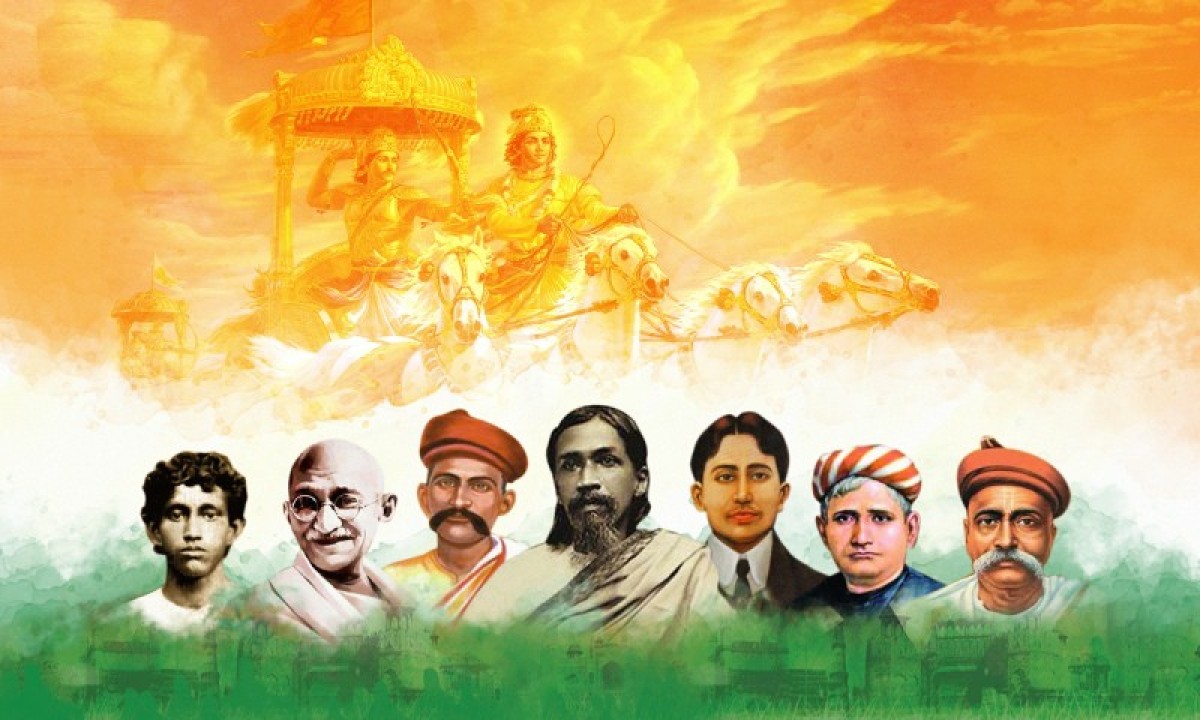
The seeds of India’s freedom struggle were sown long before 1947. The First War of Independence in 1857, led by figures like Rani Lakshmi Bai, Mangal Pandey, Bahadur Shah Zafar, and Tantia Tope, was a bold rebellion against British authority. Though unsuccessful, it ignited the spirit of resistance.
As the 19th century progressed, social reformers and early nationalists began to raise their voices. Organizations like the Indian National Congress (INC) were formed in 1885, initially working through petitions and reforms. Over time, however, the movement transformed into a massive civil resistance.
Key events that shaped the struggle:
At the same time, revolutionaries like Bhagat Singh, Rajguru, Sukhdev, Chandrashekhar Azad, and Batukeshwar Dutt used more radical methods to challenge British authority.
Parallel to these efforts, Netaji Subhas Chandra Bose raised the Indian National Army (INA) with support from Japan, proclaiming “Give me blood, and I will give you freedom.”
By the end of World War II, growing unrest, economic strain, and global pressure pushed Britain to retreat. Lord Mountbatten, the last British Viceroy, oversaw the transfer of power — and at midnight on August 15, 1947, India officially became independent.
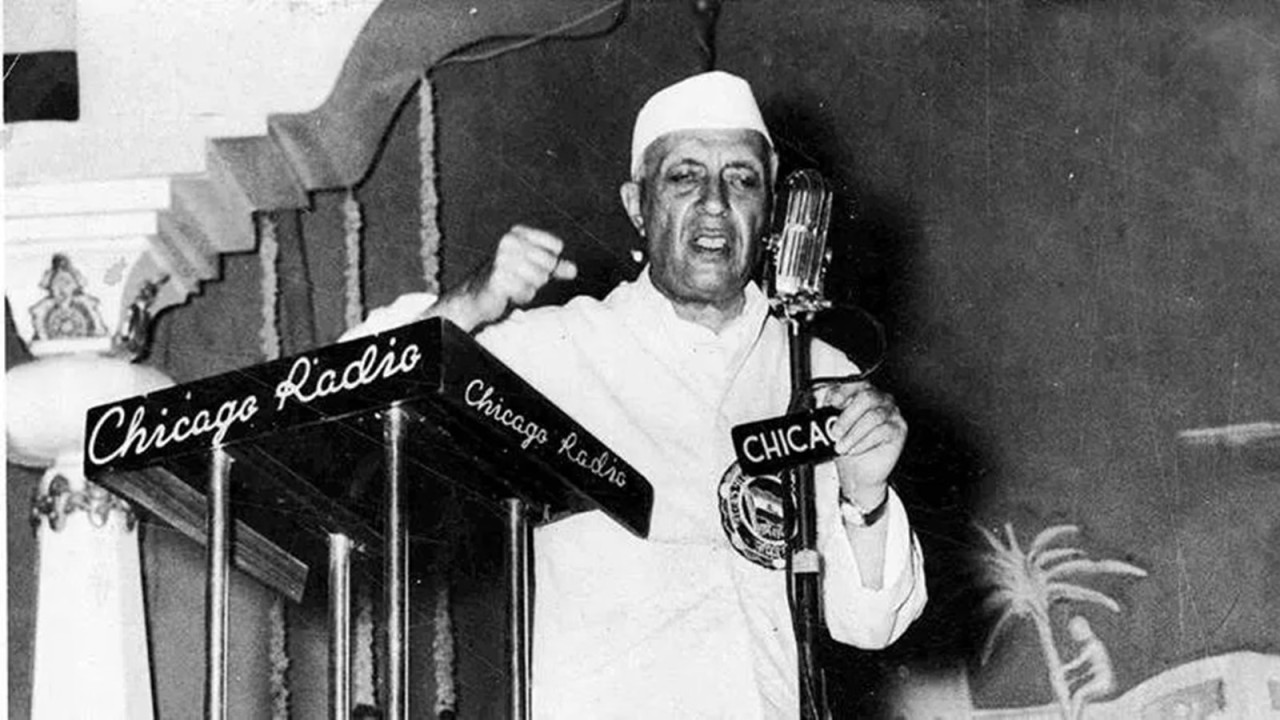
On that historic midnight, Pandit Jawaharlal Nehru, India’s first Prime Minister, delivered the iconic “Tryst with Destiny” speech:
“At the stroke of the midnight hour, when the world sleeps, India will awake to life and freedom…”
These words resonated across the nation. They were not just a political statement — they were a declaration of identity, a promise of democracy, and a vision of a better tomorrow.
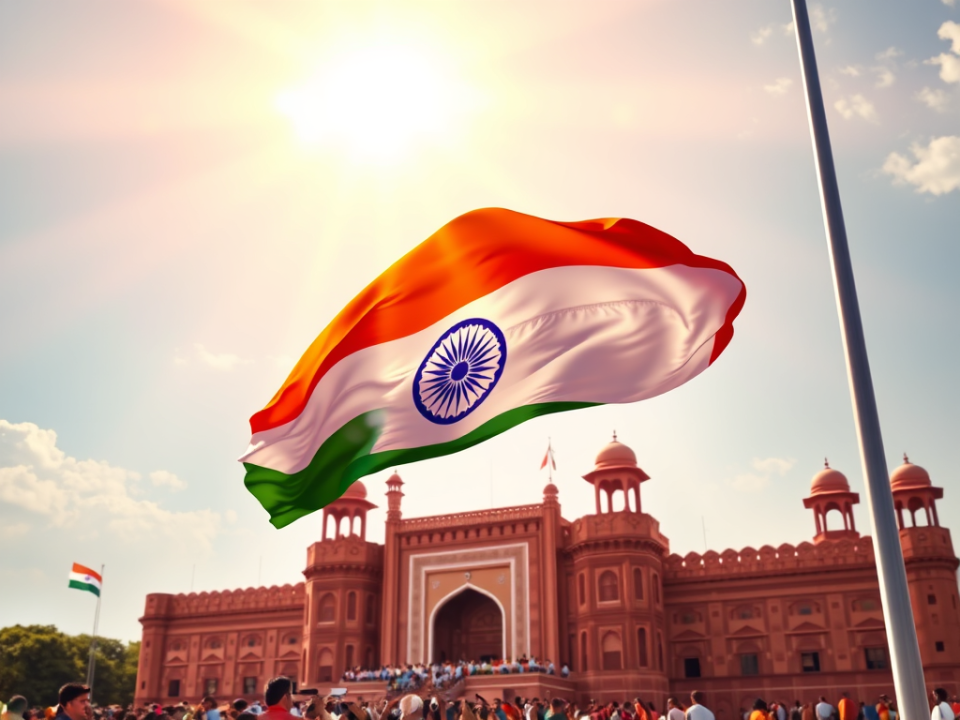
In 1947, Independence Day was marked by emotion, chaos, and transformation. While joy swept across cities, there was also pain due to the partition of India and Pakistan, which led to one of the largest mass migrations and communal riots in history.
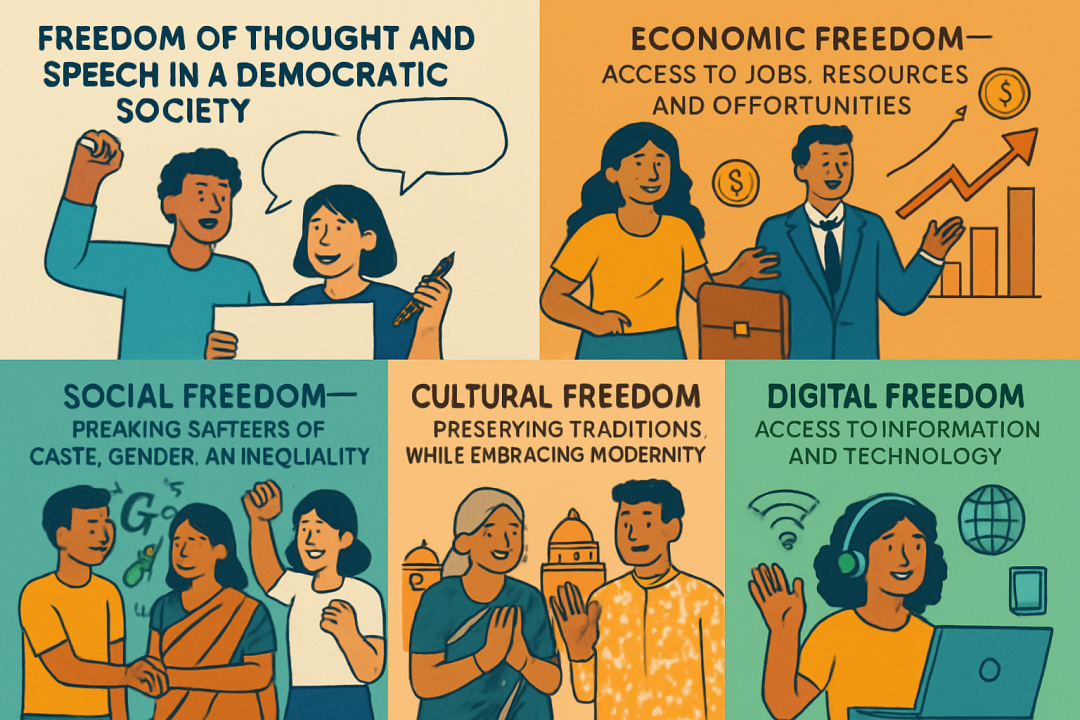
The meaning of freedom has evolved. In 1947, it meant liberation from British rule. Today, it stands for:
However, freedom is not just a right — it is a responsibility. Are we doing enough to protect the values our ancestors fought for? Are we using our freedom to help others, uphold justice, and contribute to the nation?
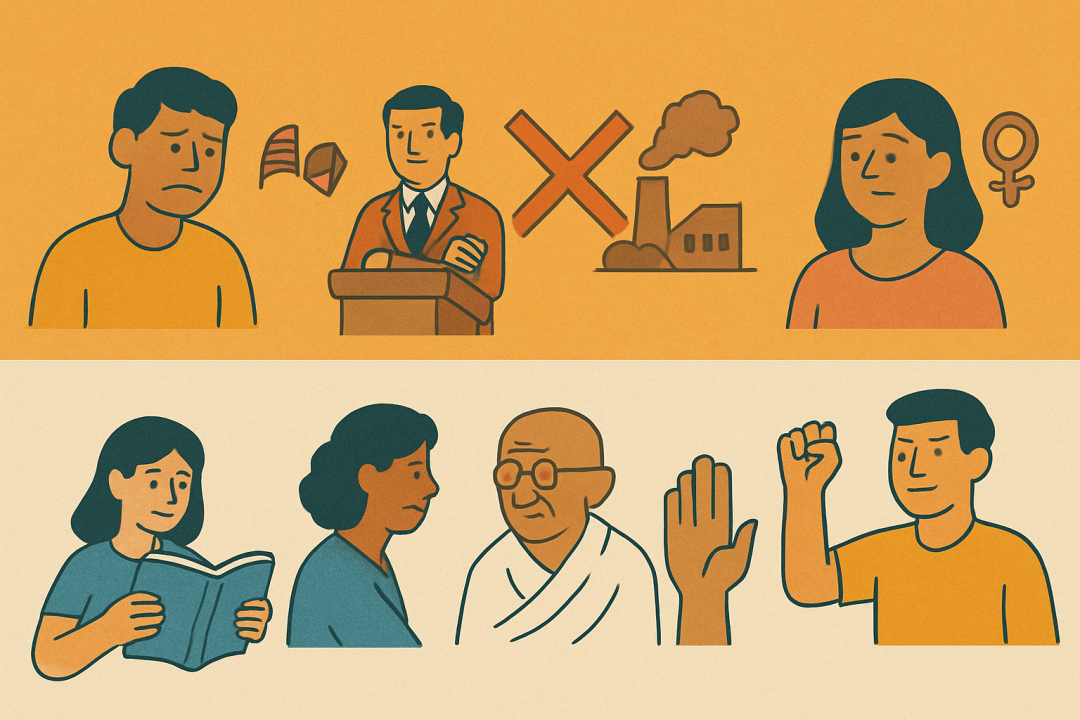
As a nation, India has achieved remarkable progress — from space exploration and economic growth to global diplomacy and technological innovation. But challenges persist:
To truly honor our freedom, we must:
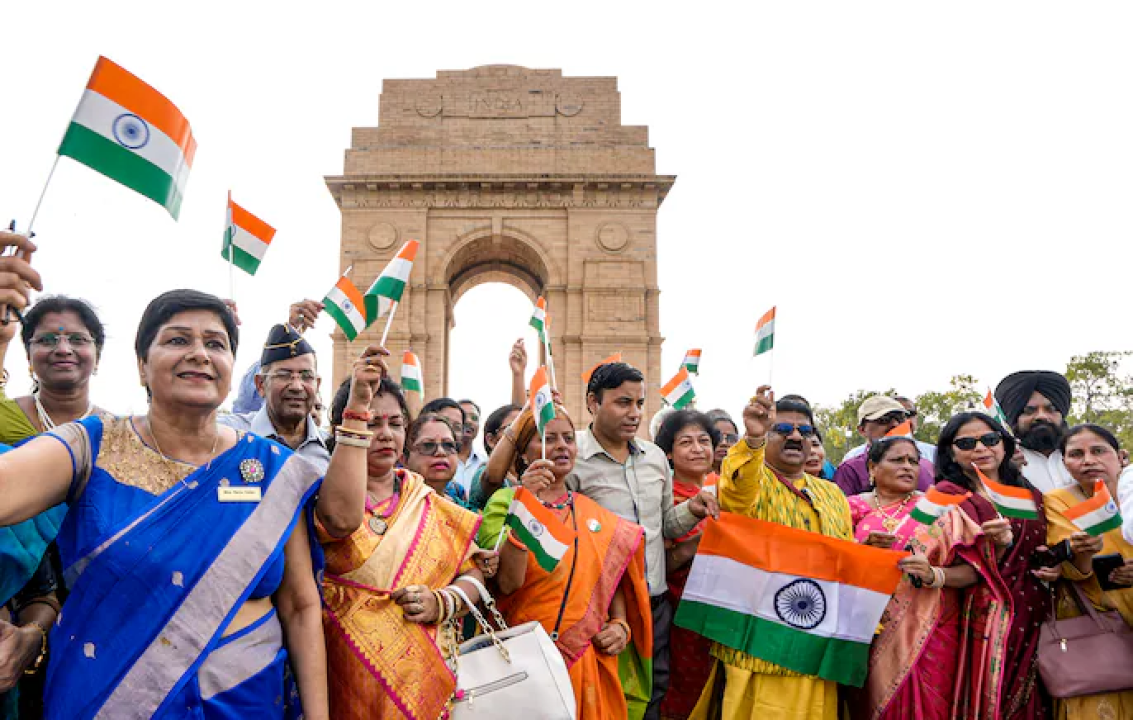
Independence Day is not just a celebration of the past — it is a renewal of a promise. A promise to remember the sacrifices, to uphold the ideals of democracy, and to continue building a stronger, fairer, and united India.
Let us never forget that our freedom was hard-earned, and it must be protected with vigilance and responsibility. Whether we are students, professionals, artists, or farmers — we all have a role to play in shaping India’s future.
As we salute the national flag and sing the national anthem, let’s remind ourselves:
“We didn’t get freedom in charity. It was earned in blood, courage, and hope.”
Let’s be worthy of that legacy. Let’s be the citizens our freedom fighters dreamed of.
Happy Independence Day! Jai Hind! Vande Mataram!